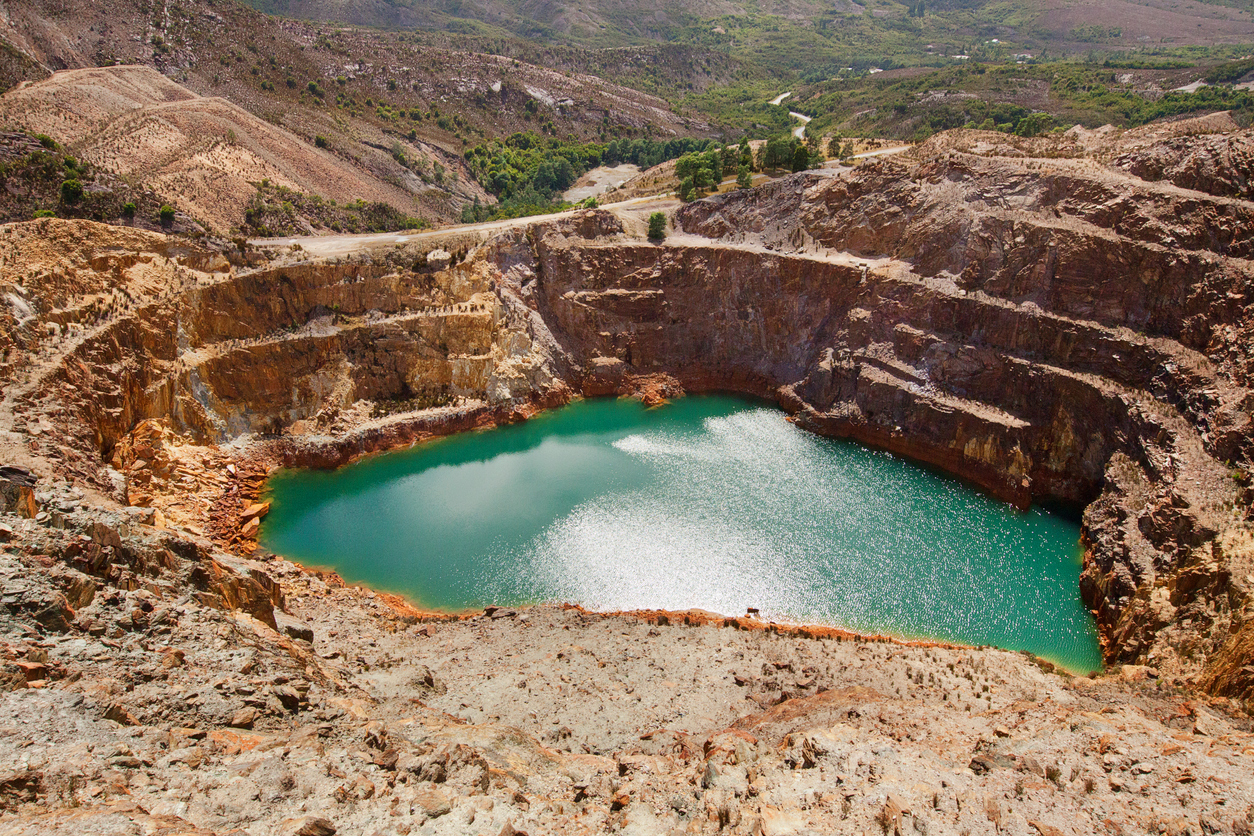Does the Lack of a Mineral Resource Make a Property Immaterial for Reporting Under S-K 1300?
Context
Recently, I reviewed correspondence between the United States Securities and Exchange Commission (SEC) and a minerals company. The discussion centered on materiality in the context of new rule S-K 1300. This rule requires minerals companies to provide detailed information on mineral properties that are material to the company. The challenge lies in defining material properties. Companies must decide whether disclosing additional property details would be relevant to investors deciding whether to buy shares.
Under the previous Industry Guide 7, companies could not report exploration results or estimates of exploration targets. However, S-K 1300 now mandates the reporting of these results or estimates if they are material to the company.
The Query
The SEC questioned the company’s submissions, which included details on some properties but excluded others deemed immaterial. The SEC was not satisfied with the company’s basis for claiming immateriality and requested further information. The company argued that since the excluded properties did not have defined Mineral Resources, they were not material.
Discussion
This situation raises the question: Does the absence of a Mineral Resource alone prove that a property is immaterial?
On one hand, S-K 1300 clearly states that a company must report exploration results or targets if they are material. Thus, merely lacking a Mineral Resource is not a sufficient reason for determining immateriality.
One could argue that a Mineral Resource is required to assess materiality due to other S-K 1300 requirements related to economic extraction prospects. To report a new Mineral Resource, a company must perform an Initial Assessment. This assessment involves high-level assumptions about technical and economic factors to evaluate the Reasonable Prospects for Economic Extraction (RPEE). Since a Mineral Resource cannot be reported without RPEE, it might seem that a company cannot evaluate a property’s materiality without exploring it.
However, the materiality criterion also involves assessing whether potential investors have all the necessary information to make investment decisions. This includes understanding the company’s view of exploration potential, even if no fieldwork has been done.
For example, companies might acquire properties believing they will become valuable investments. This belief justifies spending company funds and aligns with high-risk, high-reward exploration investments. Investors, who accept high risks for potentially high rewards, expect to receive information about why the company believes in a property’s potential. S-K 1300 provides a framework for reporting exploration results or targets to ensure investors are not misled.
Even without completed exploration work, an exploration company forms a view of a property’s potential and thus has an exploration target. S-K 1300 allows companies to report these targets, provided they describe the conceptual geological model. Therefore, the company in this case should have provided more information on the excluded properties. The absence of a Mineral Resource alone does not justify a claim of immateriality.
Conclusion
This case illustrates a broader unease with the new S-K 1300 rules, which require companies to disclose more information than before. As we observe how the SEC is responding to these new rules, it is clear that companies must justify their materiality judgments better. CEOs might worry about explaining their exploration targets, especially if those targets prove inaccurate. However, reporting exploration targets as a range, as S-K 1300 requires, helps manage this risk while providing investors with relevant information.
Minerals companies operate under uncertainty, balancing risk and reward. Investors also have varying risk appetites and may seek information about a property’s potential at the exploration stage. By declaring and qualifying exploration targets per S-K 1300, companies can influence investor decisions and manage their own risks. Ultimately, public reporting must offer a better justification of materiality judgments beyond just the absence of a Mineral Resource.




